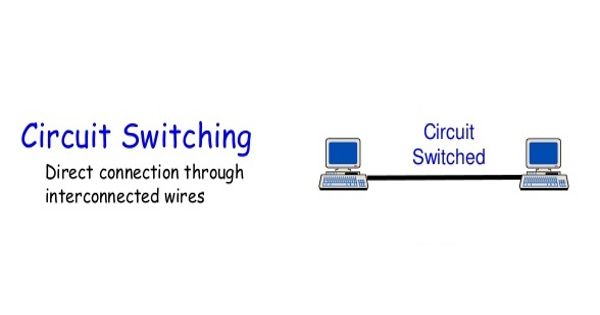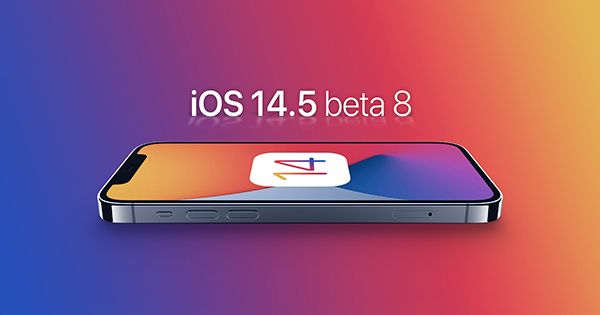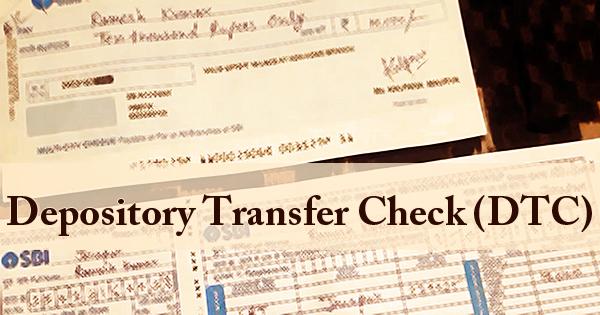Circuit switching is a connection-oriented network switching technique. It is a method of implementing a telecommunications network in which two network nodes establish a dedicated communications channel (circuit) through the network before the nodes may communicate. It is a type of network where the communications between end devices (nodes) must be set up before they can communicate. The circuit guarantees the full bandwidth of the channel and remains connected for the duration of the communication session. An example of a circuit-switched network is an analog telephone network.
Description
The defining example of a circuit-switched network is the early analog telephone network. in a network operates in a similar way as the telephone works. Here, a dedicated route is established between the source and the destination, and the entire message is transferred through it. When a call is made from one telephone to another, switches within the telephone exchanges create a continuous wire circuit between the two telephones, for as long as the call lasts.
Circuit switching is a switching technique that establishes a dedicated path between sender and receiver. In circuit switching, the bit delay is constant during a connection. In the case of the circuit switching technique, when any user wants to send the data, voice, video, a request signal is sent to the receiver then the receiver sends back the acknowledgment to ensure the availability of the dedicated path. No circuit can be degraded by competing users because it is protected from use by other callers until the circuit is released and a new connection is set up. It is a method whereby a dedicated physical path, or circuit, is established and maintained between two nodes or locations for the duration of a connection.

Uses
While circuit switching is commonly used for connecting voice circuits, the concept of a dedicated path persisting between two communicating parties or nodes can be extended to signal content other than voice. In circuit switching there is no delay in data flow because of the dedicated transmission path.
Advantage
The advantage of using circuit switching is that it provides for continuous transfer without the overhead associated with packets, making maximal use of available bandwidth for that communication. It is suitable for long continuous transmission, since a continuous transmission route is established, that remains throughout the conversation.
Disadvantage
One disadvantage is that it can be relatively inefficient because unused capacity guaranteed to a connection cannot be used by other connections on the same network. This dedicated connection cannot be used for transmitting any other data, even if the data load is very low. In addition, calls cannot be established or will be dropped if the circuit is broken. Time required to establish connection may be high.
Information Source:
















